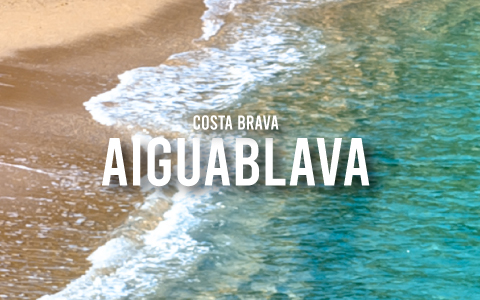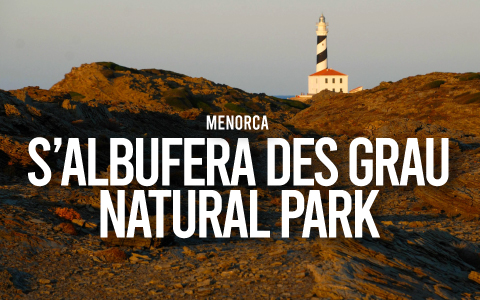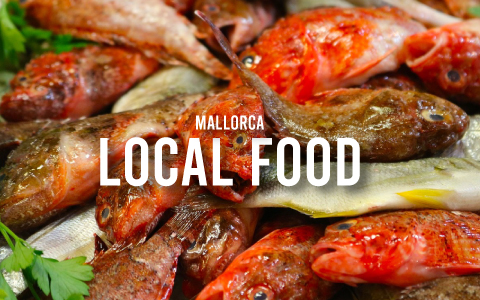
Snorkeling & Relaxing at Cala d’Aiguablava, Costa Brava
If you’ve never been to Spain’s Costa Brava, know that it’s one of the most captivating seaside destinations in Europe. This stretch of Catalonia’s northeastern coastline runs from Blanes to the French border, offering a mix of beaches, cliffs, fishing villages, and lively seaside towns.
Places like Tossa de Mar, with its medieval castle overlooking the sea, or Cadaqués of Salvador Dalí, are already well popular among travelers worldwide. But among the most stunning beaches is a lesser-known gem: Cala d’Aiguablava.
What Cala d’Aiguablava Looks Like
Cala d’Aiguablava is located in the southern part of the Begur municipality, at about 45 km from Girona and 130 km from Barcelona. The name “Aiguablava” literally means “blue water” in Catalan, which perfectly captures what awaits you: a small bay surrounded by rocky cliffs where the sea glows with Caribbean-like shades of turquoise.
The beach itself is sandy and golden, about 75 meters long, with shallow, crystal-clear waters that gently slope down—perfect for safe swimming or simply floating and relaxing.
The surrounding cliffs are covered in pine trees, offering natural shade and shelter from the wind, adding to the secluded, tranquil atmosphere.
Why It’s Worth Visiting
Though relatively small, Cala d’Aiguablava is well-equipped and accessible while still retaining that wild, Mediterranean charm that defines the Costa Brava. For this reason, it’s one of the most beloved beaches in the region.
It offers a wide range of amenities, including paid parking (in summer), restrooms and showers, sunbed and umbrella rentals, restaurants and bars, diving and kayak schools, and disabled access.
It’s a beach that caters equally well to relaxed sunbathers and adventure seekers, offering activities like snorkeling among the rocks or exploring nearby coves by kayak. It’s also a great starting point for hikes along the Camí de Ronda, the scenic coastal trail that winds its way along the Costa Brava, offering unforgettable sea views.
This variety makes it a favorite among a diverse yet selective crowd—couples, families, nature lovers, and locals alike.
Despite its growing popularity, Aiguablava has managed to avoid overcrowding and maintains a calm, laid-back vibe.
How to Get To Cala d’Aiguablava
You can reach Cala d’Aiguablava by car via a scenic road from Begur, just a 10-minute drive. During the summer months, it’s best to arrive early in the morning, as parking is limited.
There are also buses from Girona and Barcelona to Begur, but the final stretch to the beach requires a taxi or a walk (uphill on the way back).
If you are into hiking, you can reach Aiguablava on foot via the Camí de Ronda, starting from Fornells or nearby coves.
What to See Nearby
The area surrounding Aiguablava is full of fascinating places to explore:
Begur: A charming medieval village with cobbled streets, casas indianas (elegant homes built by Catalans who returned wealthy from Cuba), and a hilltop castle with sweeping views of the coast.
Fornells: A peaceful little port with whitewashed houses and refined seafood restaurants.
Platja Fonda: A wild, lesser-known beach that’s harder to access but loved by sea purists.
Jardins de Cap Roig: A spectacular botanical garden a few kilometers south, which also hosts a renowned summer music festival.
Girona: If you have time for a cultural day trip, this beautiful city is well worth a visit, with its impressive cathedral, Jewish quarter, and a bridge designed by Gustave Eiffel.



